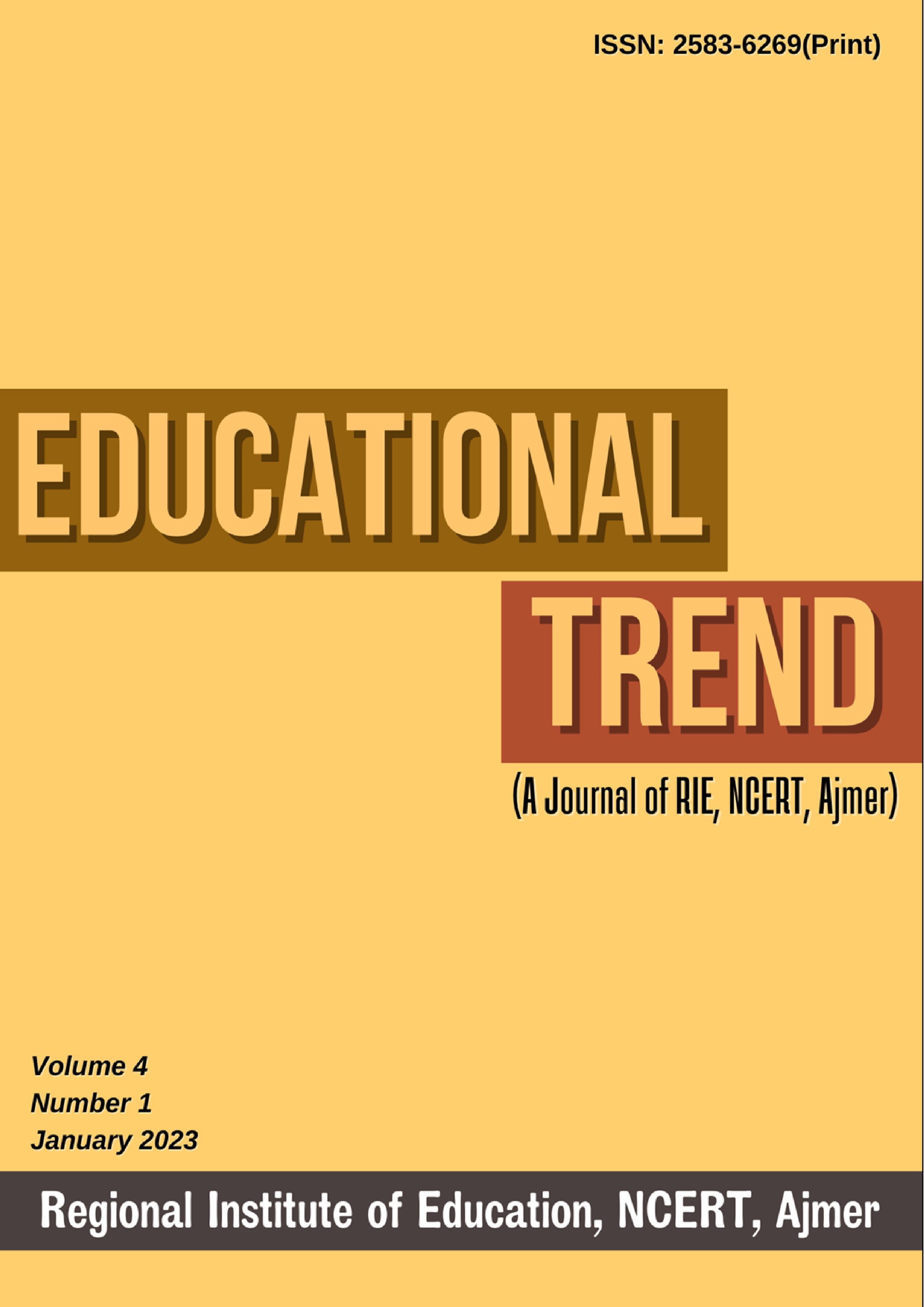Published 2025-03-12
Keywords
- Neodymium,
- Erbium,
- Glycine,
- Arginine,
- bonding parameter
How to Cite
Abstract
The absorption spectra of Neodymium and Erbium are recorded in visible region by
taking Glycine and Arginine as primary ligand and Thiourea as a secondary ligand in the molar
ratio1:2:1. In case of rare-earth complexes induced electric dipoles are responsible for the f-f
transitions. Some transitions are arising due to electric as well as magnetic field. Energy levels
corresponding to different peaks of Neodymium and Erbium can be expressed in terms of Slater
Condon‟s and Lande‟s parameters. In Neodymium complexes ten peaks and in Erbium
complexes eight peaks are observed in visible region. After complexation values of Slater
Condon‟s and Lande‟s parameters decrease as there is expansion of central metal ion on
complexation. By using Taylor‟s series expansion these parameters are calculated. Bonding
parameter corresponding to these complexes also depends on Slater-Condon‟s and Lande‟s
Parameters. In case of Neodymium: Glycine: thiourea bonding parameter is 0.1269707 but in
Arginine it is 0.10997. In Arginine complex with Neodymium bonding parameter is less which
indicates less involvement of 4f orbital. In Neodymium complexes bonding parameter is not real
therefore all complexes of this rare-earth show ionic bonding. In case of Erbium: Glycine:
thiourea bonding parameter is 0.6959 but in Arginine it is 0.712. In Arginine complex with
Erbium bonding parameter is real for all complexes of this rare-earth and hence shows covalent
bonding.
